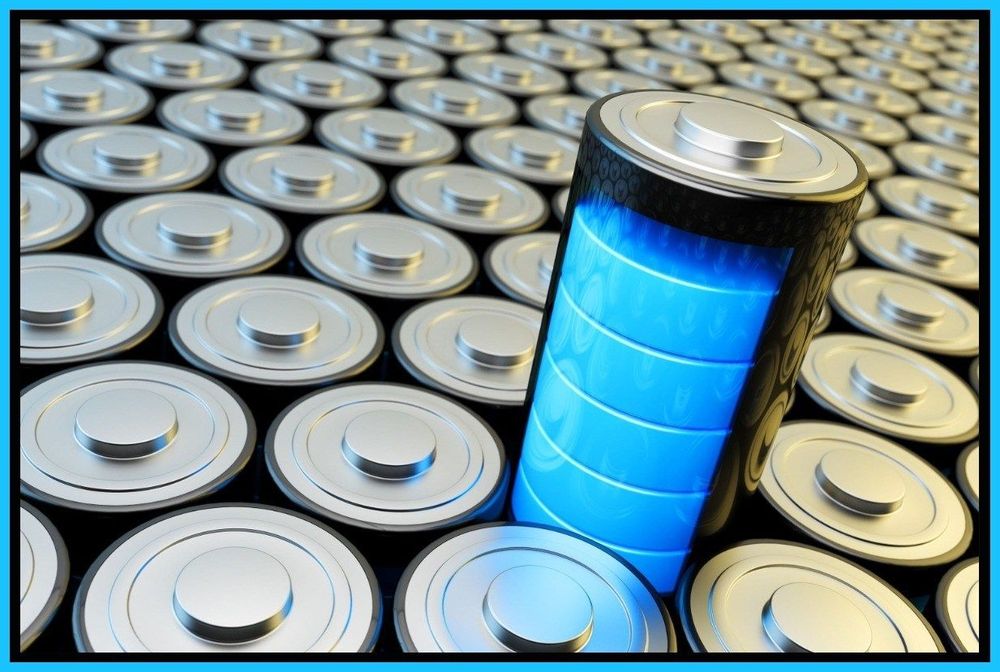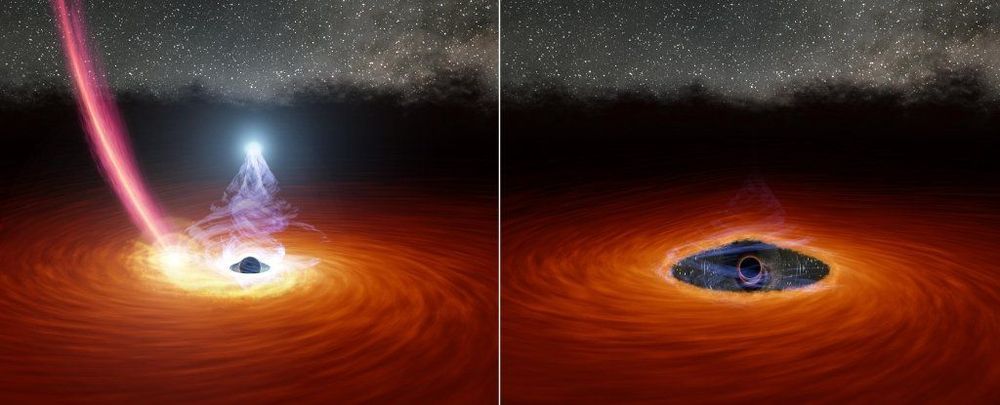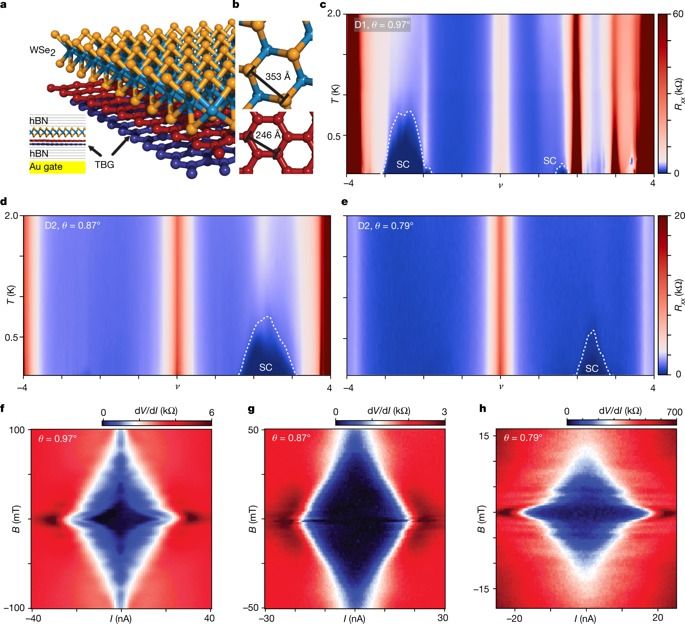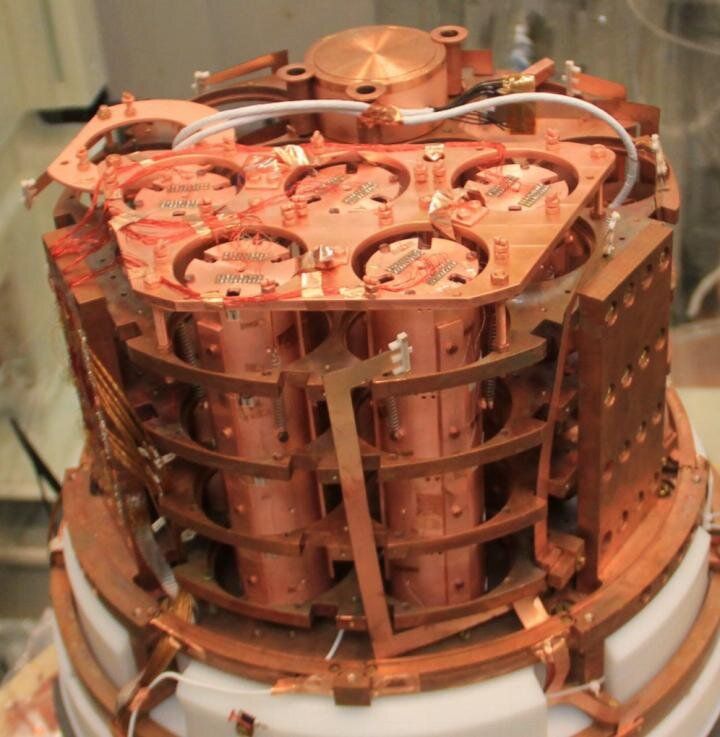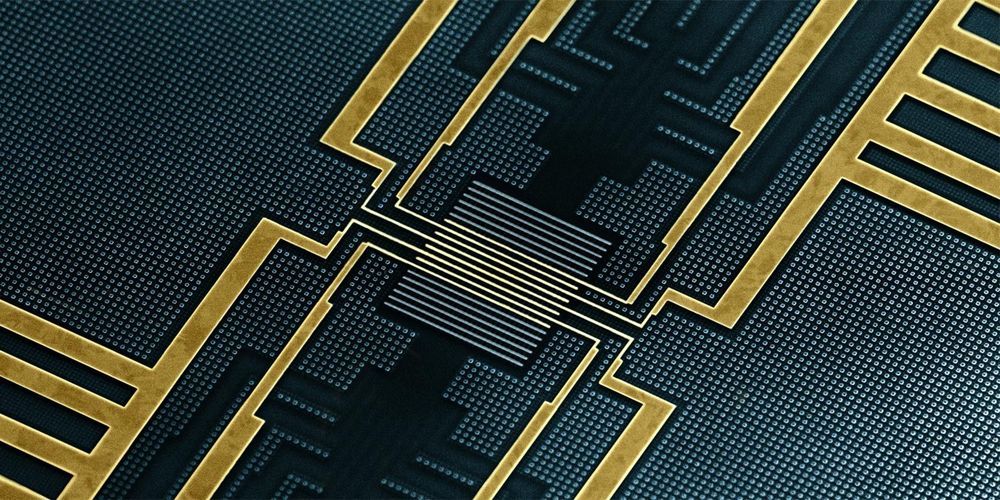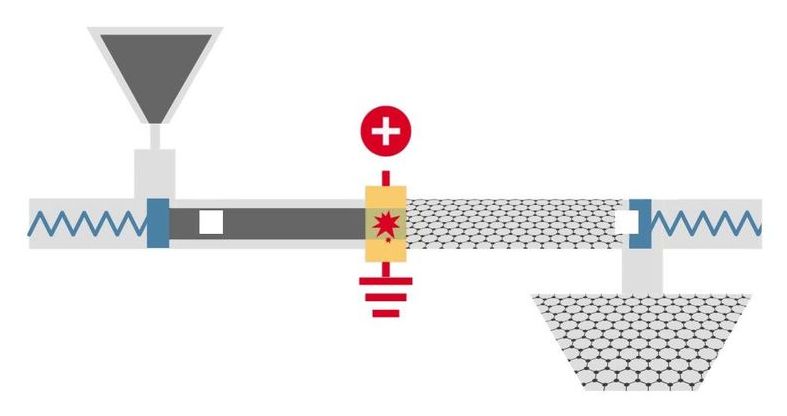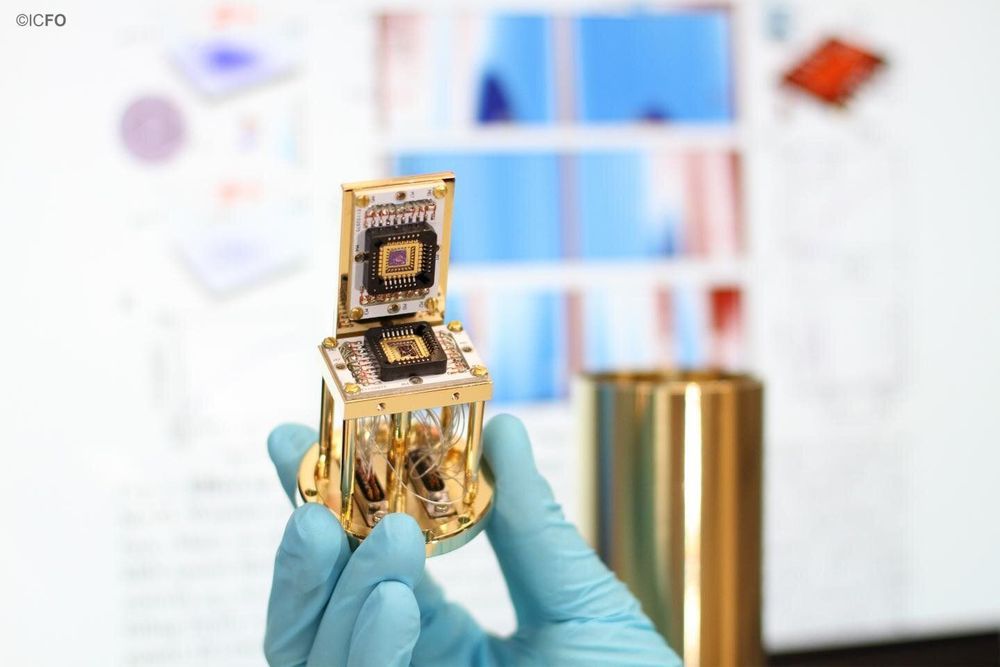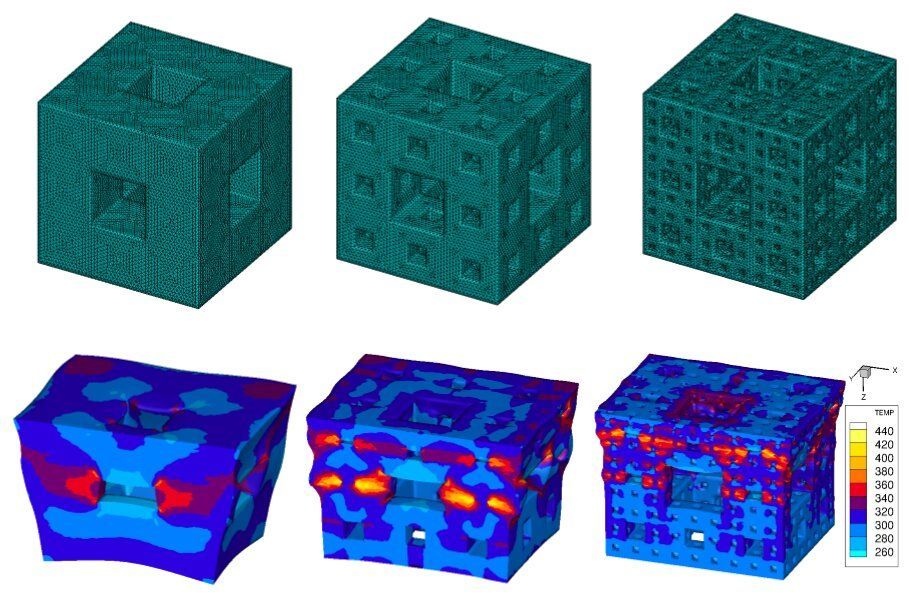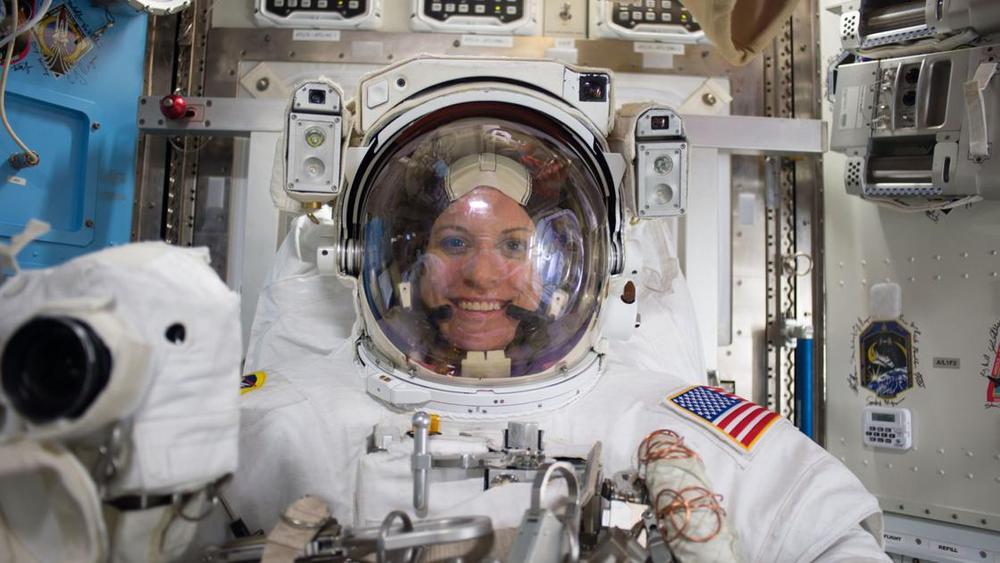Jul 19, 2020
Scientists Create Room-Temperature All Liquid-Metal Batteries
Posted by Quinn Sena in categories: energy, materials
A team from the Cockrell School of Engineering at the University of Texas at Austin have developed a new kind of battery that mixes the best of both worlds of liquid- and solid-state batteries. The design is the first all-liquid metal battery that can work at room temperature and is claimed to outperform lithium-ion batteries.
Liquid metal batteries are less susceptible to wearing out than solid batteries because dendrites don’t form and damage the components. The only downside is, most of these batteries need to be heated to at least 240°C (464°F) to keep the metals liquid and the equipment required to do that is bulky and energy-consuming.
For the study, published in the journal Advanced Materials, the UT team examined alloys that could remain liquid at useful temperatures. They decided to use a gallium-indium alloy for the cathode and a sodium-potassium alloy for the anode, which was able to stay liquid at 20°C (68°F). The researchers say it’s the lowest operating temperature ever recorded for a liquid-metal battery.
